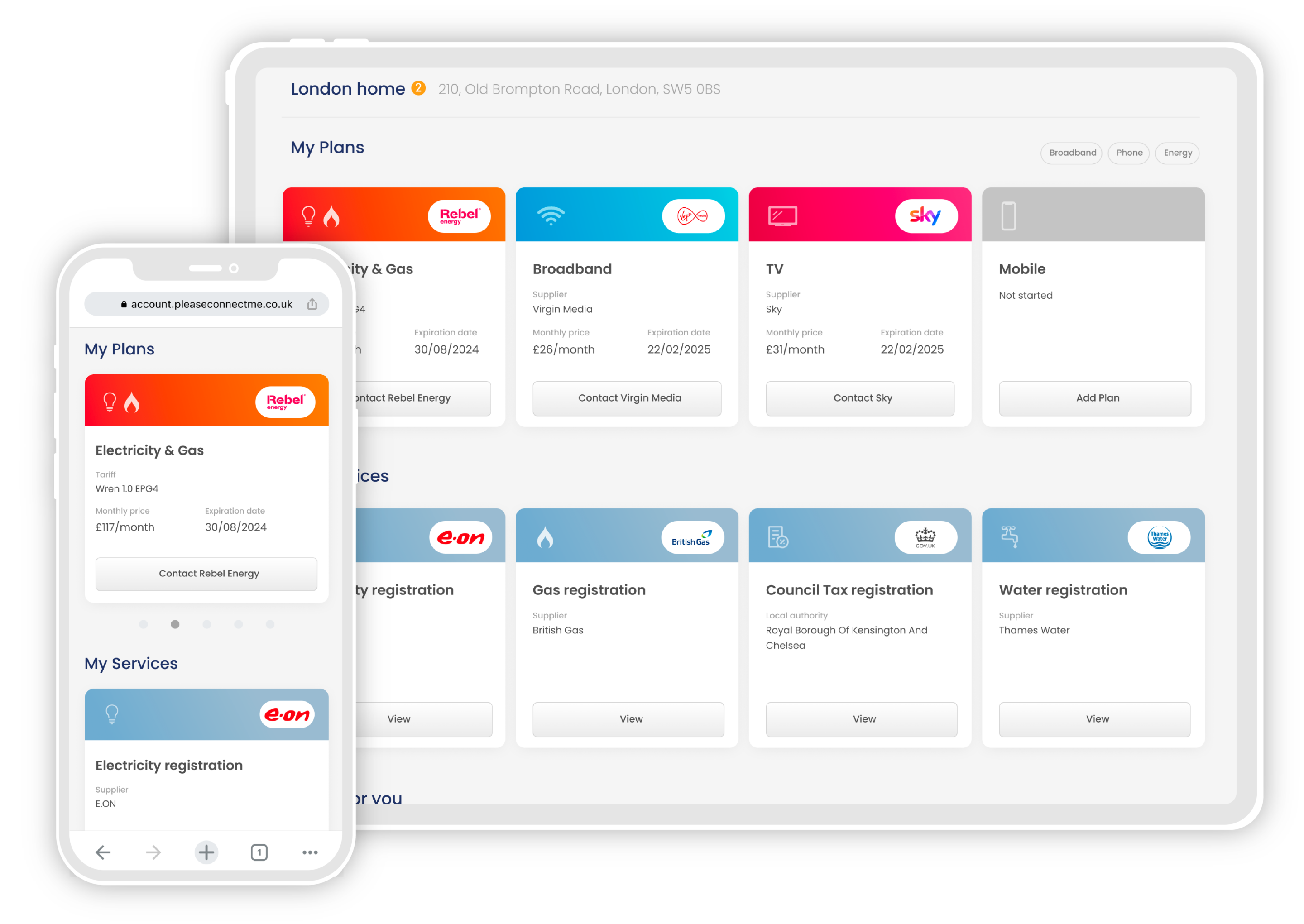Take a look at your latest energy bill and you’ll see it’s calculated based on both your usage and daily standing charges.
You’re billed a standing charge daily for each fuel you have at the property. That means a fixed daily payment for electricity and, if you have it, gas.
During the UK energy crisis, many customers saw these daily fees rise by more than 80%. Standing charges have become a much more significant portion of many energy users’ monthly bills, leaving many wondering what these charges are for and if they have to pay them.
What are energy standing charges?
Energy standing charges are fixed daily fees you pay for your mains electricity and gas connection. The amount you pay is determined by your energy tariff.
The standing charges pay for access to the electricity and gas network. The funds are used to maintain and repair infrastructure, as well as to cover the operational costs of your energy distributor.
What are the standing charges for the new price cap?
Under the current energy price cap, as of January 1st 2025, the average daily standing charges are 31.65p per day for gas and 60.97p per day for electricity.
This means households under the price cap will pay more than £338 a year for energy before they switch on a single light.
Your standing charges will vary based on your supplier and area, but all tariffs under the price cap charge the same monthly total for the same energy consumption.
Do I have to pay a daily standing charge?
If you are responsible for a property connected to the national electricity and gas networks you must pay a daily standing charge.
This is true even if you’re not using or living at the property. The only way to not be charged is to have the power permanently disconnected, which is usually done only when a property is being demolished.
Do fixed-rate energy tariffs have standing charges?
Fixed-rate energy tariffs also have daily standing charges, and these will be given to you before you switch as part of your energy quote.
Fixed-rate energy tariffs have the benefit of guaranteeing your unit rates and standing charge for the length of your contract. This means that you won’t see a sudden increase in the cost of your energy while your fixed-rate tariff is in place.
They’re also usually cheaper than the energy price cap, especially if you shop around for the best available option.
Read more about energy in the UK:






